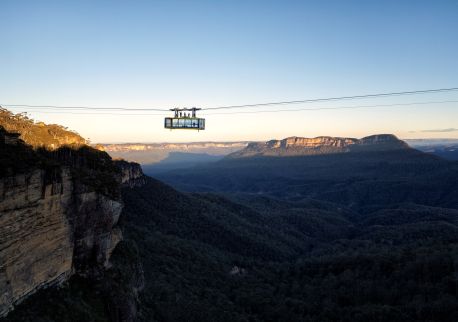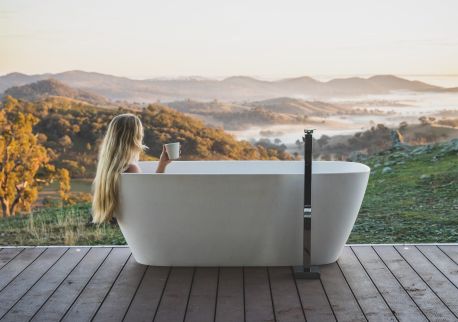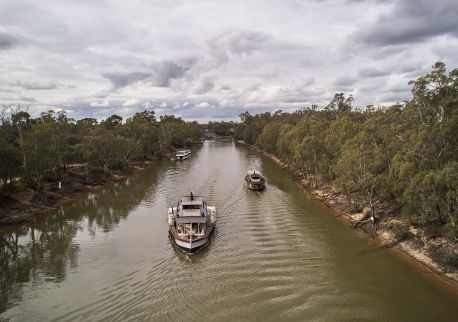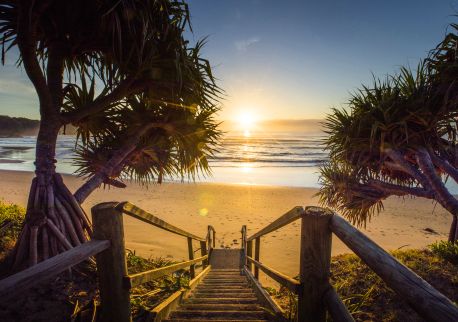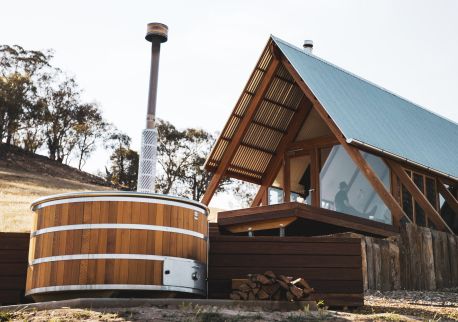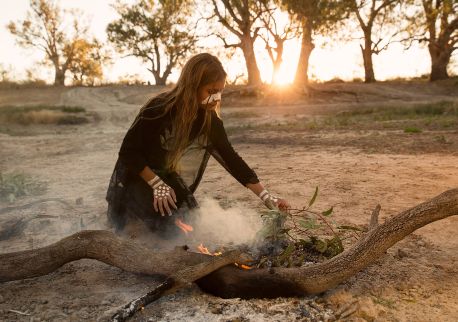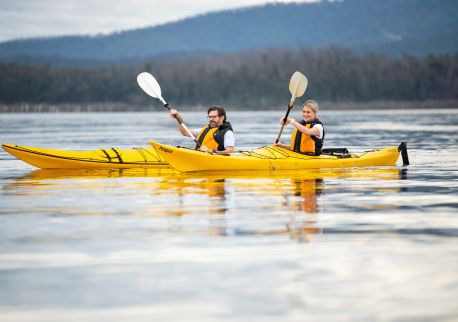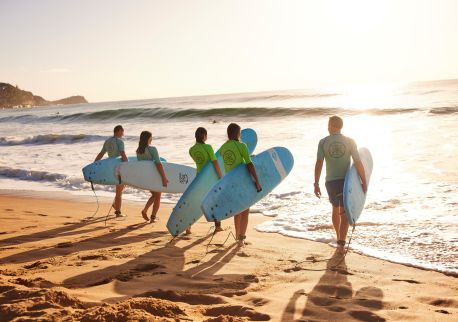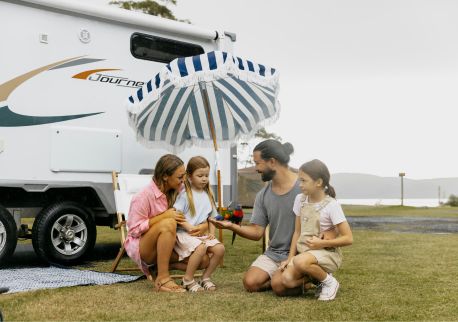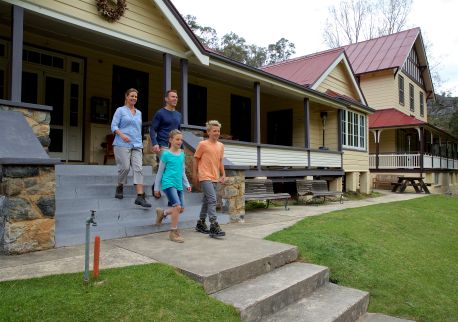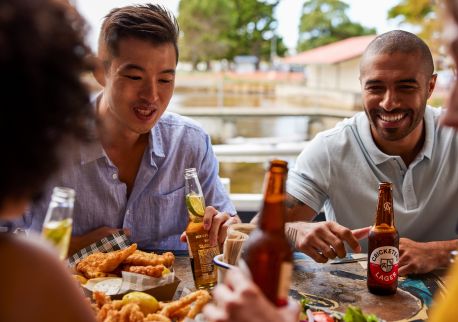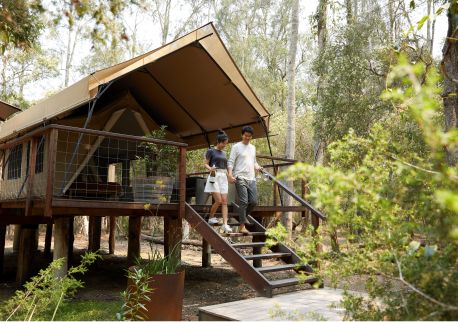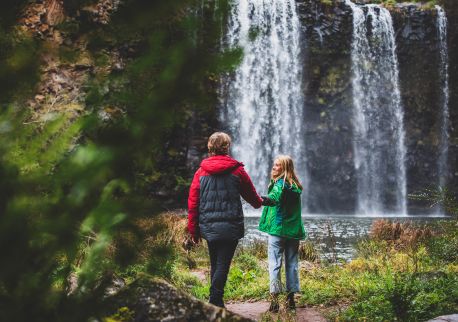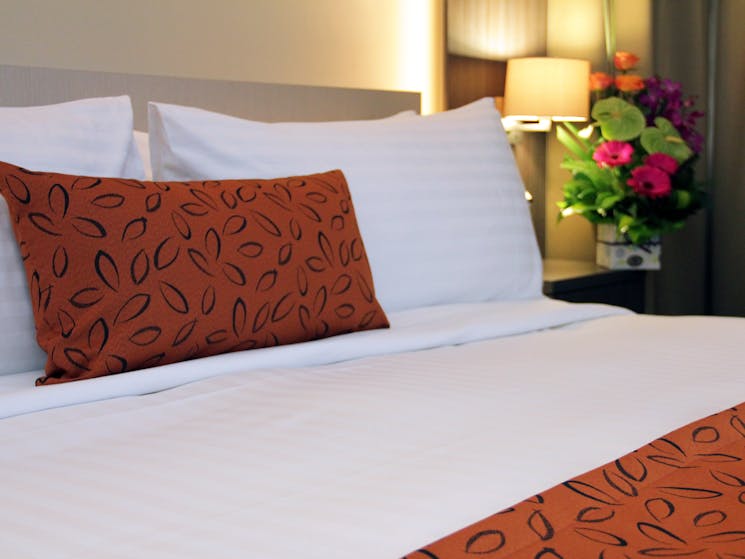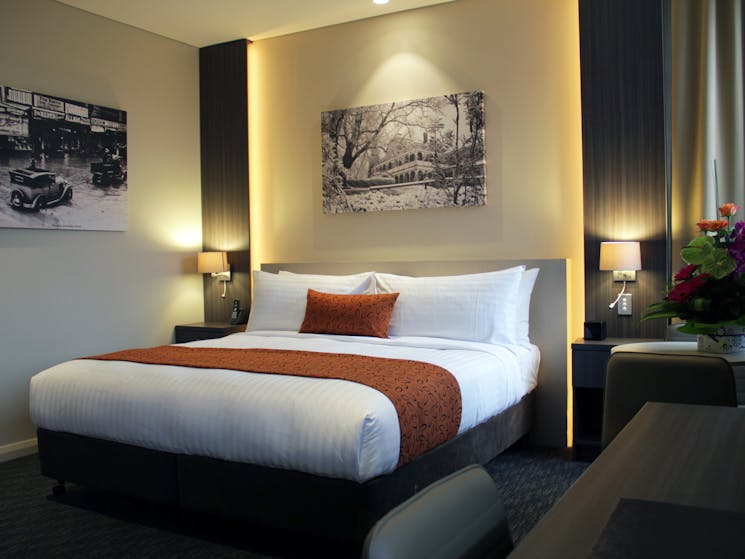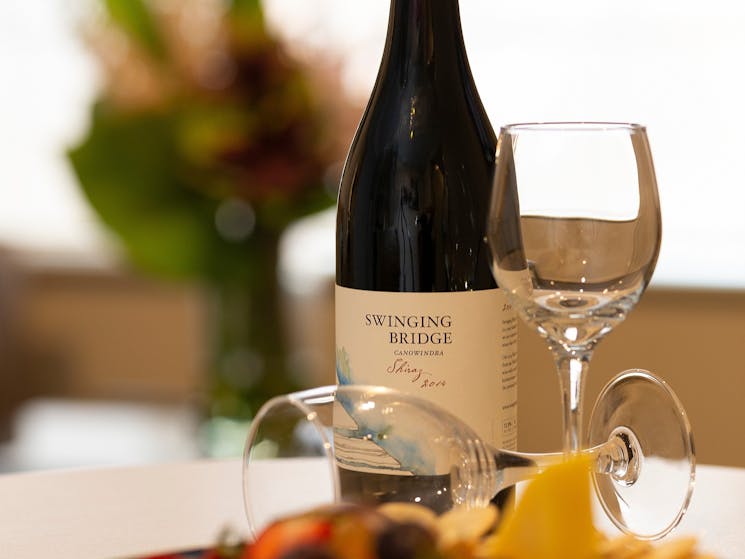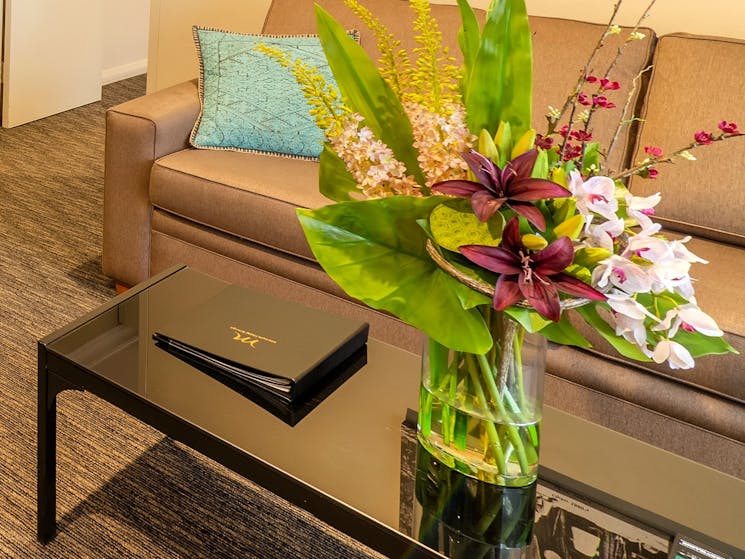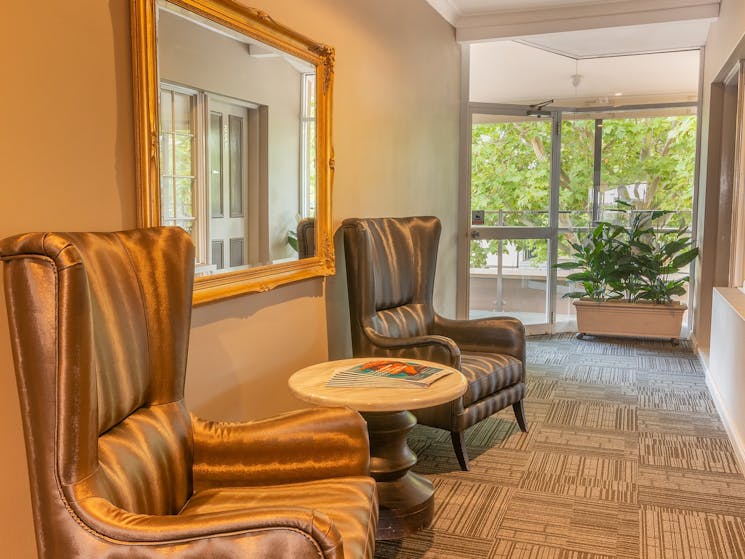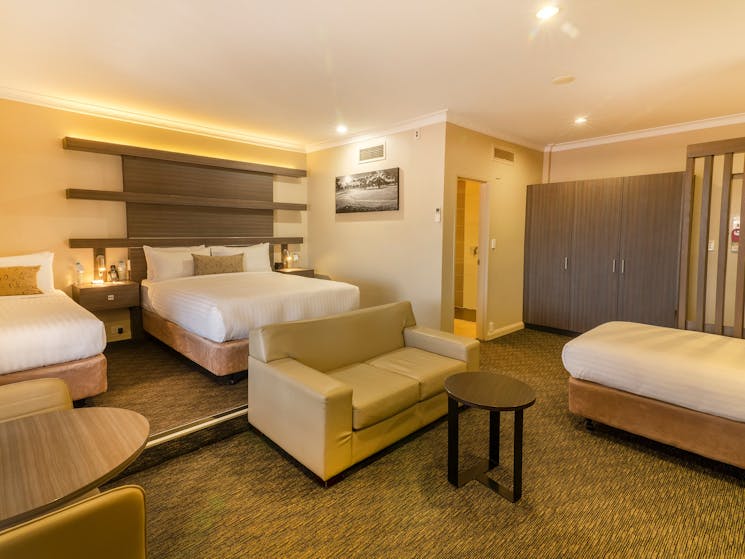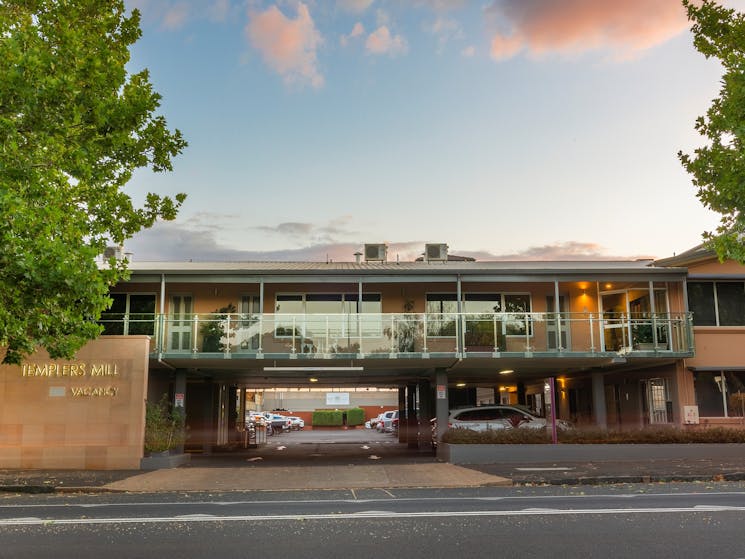Mercure Orange
Overview
Situated just one block from Orange’s CBD, Mercure Orange is centrally located in Byng Street and is part of the Orange Ex-Services’ Club complex.
Guests can enjoy all the luxuries of staying at an AccorHotels property, with access to the Club's Leisure Centre, free parking and numerous dining options which include; The Greenhouse of Orange, Diggers and Orange Ex-Services' Club Coffee Shop and Northcott Lounge.
Rated 4.5 Stars, Mercure Orange is the highest Star-rated Hotel in the city. Guests can enjoy the convenience of staying onsite when attending private events or conferences being held at the Club. Convenience in many different forms makes Mercure Orange perfect for business or leisure travellers that would like to stay in the heart of Orange.
It is located near many local wine bars, restaurants and quality shopping hot spots. The Mercure Orange team can assist you by sharing their local knowledge so that you don't miss out on anything when visiting their beautiful region.

